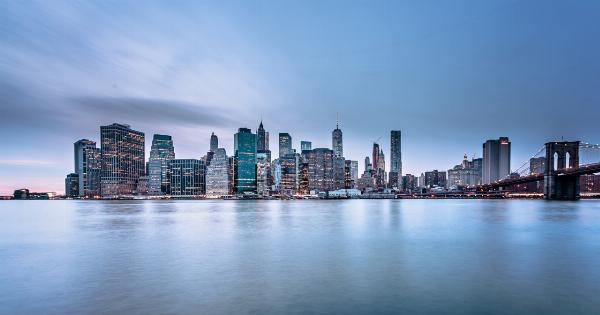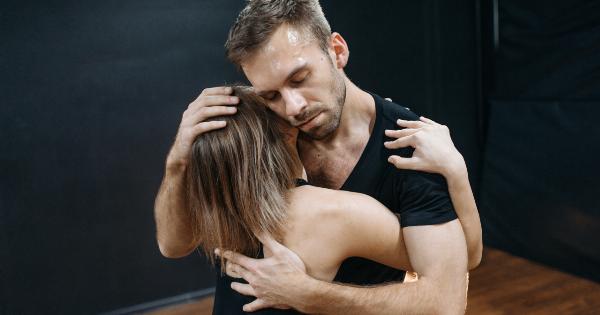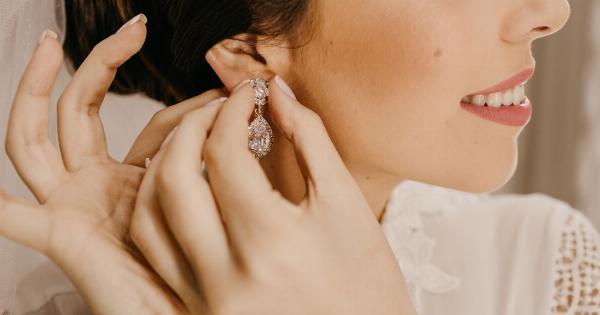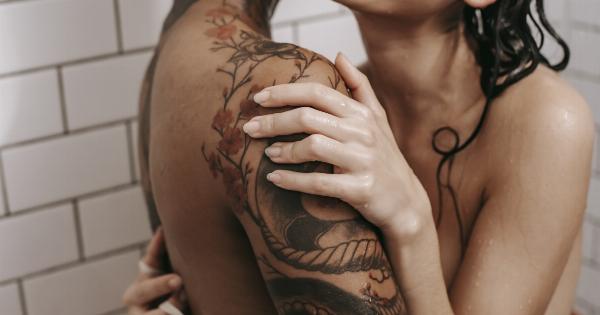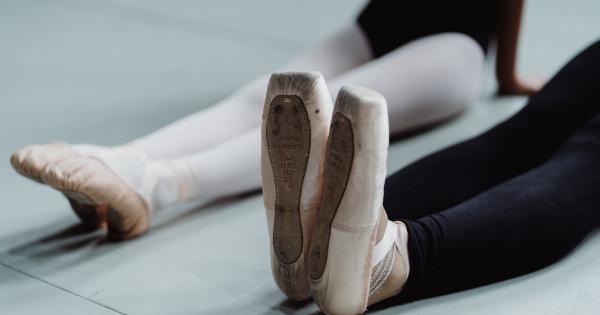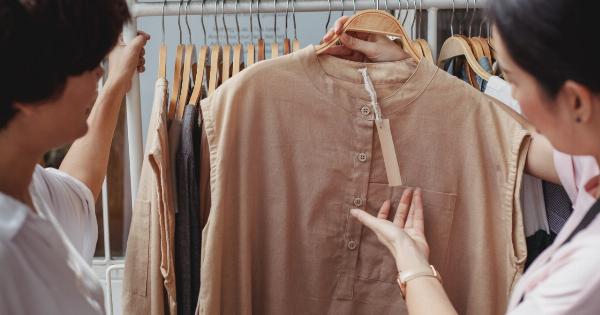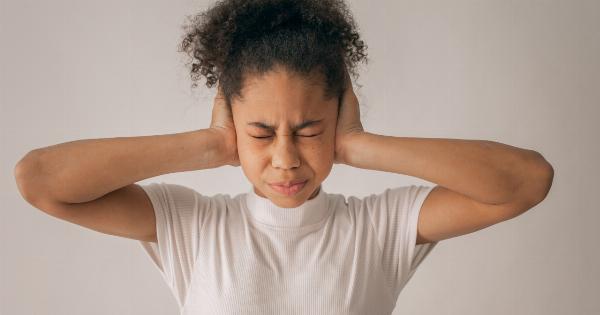Throughout history, women’s body shapes have been seen as markers of beauty and desirability.
From the full-figured women of the Renaissance to the waif-like models of the contemporary fashion industry, the ideal female body shape has changed dramatically over time. Let’s take a look at a visual history of the most desirable women’s body shapes throughout the ages.
The Renaissance: Curvy and Full-Figured
In the Renaissance era, being full-figured was seen as a sign of wealth and status. Women with ample bosoms, rounded hips, and shapely thighs were considered the epitome of beauty.
In art and literature, women were often depicted with soft, rounded curves and a healthy, glowing complexion.
The Victorian Era: Slim and Petite
During the Victorian era, the “ideal” female body shape shifted towards a more petite and delicate frame. Women were expected to have a tiny waist and a small, dainty figure.
This was achieved through the use of corsets and tight-lacing, which squeezed the waist and hips into a more slender shape. Despite the health risks associated with this practice, many women continued to wear corsets and strive for a tiny, hourglass figure.
The Roaring Twenties: Flapper Chic
The 1920s brought a revolution in women’s fashion, as women began to reject the restrictive corsets and voluminous skirts of the past in favor of shorter hemlines and looser, more comfortable clothing.
The “flapper” look was typified by a slender, boyish figure with a flat chest, narrow hips, and a straight, androgynous silhouette.
The Golden Age of Hollywood: the Hourglass
In the 1940s and 1950s, the Hollywood glamour of stars like Marilyn Monroe and Ava Gardner brought the hourglass figure back into vogue. Women were encouraged to embrace their curves and show off their voluptuous hips, full bust, and tiny waist.
This was achieved through the use of waist-cinching belts and form-fitting clothing that highlighted the natural curves of the body.
The Swinging Sixties: Twiggy and the Miniskirt
In the 1960s, the “mod” fashion trend brought a new ideal body shape into the spotlight: the ultra-thin and waif-like figure of British model Twiggy.
With her stick-thin legs, short pixie haircut, and flat chest, Twiggy represented a sharp contrast to the curvaceous, hourglass beauty ideals of the past. Her androgynous look was paired with the mini-skirt, which further emphasized the longer and leaner silhouette.
The Supermodel Era: Athletic and Toned
In the 1980s and 1990s, the rise of the supermodel brought with it a new ideal of beauty: the athletic and toned figure. Models like Cindy Crawford and Elle Macpherson epitomized this ideal, with their long, lean legs, strong abs, and toned arms.
This look was achieved through rigorous exercise and a healthy diet, as well as the use of body-shaping undergarments like Spanx.
The 2000s: Reality TV and the Kardashian Effect
In the 2000s, reality TV and social media brought a new focus on the body shape of celebrities and influencers. One of the most influential figures of this era was Kim Kardashian, who popularized the hourglass figure with her curvy hips and ample bosom.
This look was often achieved through surgical enhancements like butt implants and breast augmentation, as well as the use of waist trainers and other shaping garments.
The Present Day: Body Positivity and Diversity
Today, there is growing awareness and acceptance of diverse body shapes and sizes. The body positivity movement has led many women to embrace their natural shape and strive for health and fitness rather than a specific “ideal” body type.
By celebrating diversity and rejecting unrealistic beauty standards, we can all work towards a healthier, happier relationship with our bodies.
In Conclusion:
The history of the female ideal body shape is as varied and complex as the women who have lived throughout the ages. From corsets and waist trainers to body positivity and diversity, we have seen many different beauty ideals come and go over time.
By embracing our own unique shapes and recognizing the beauty in others, we can all work towards a more inclusive and accepting definition of femininity.








